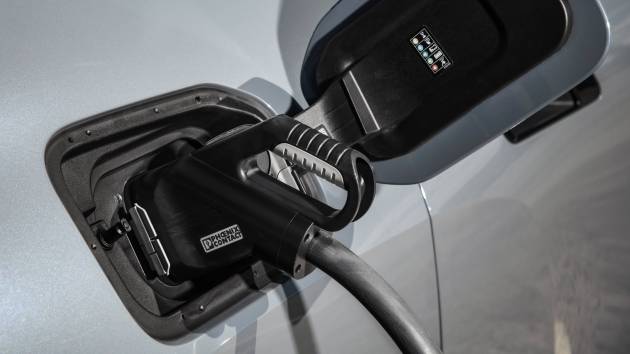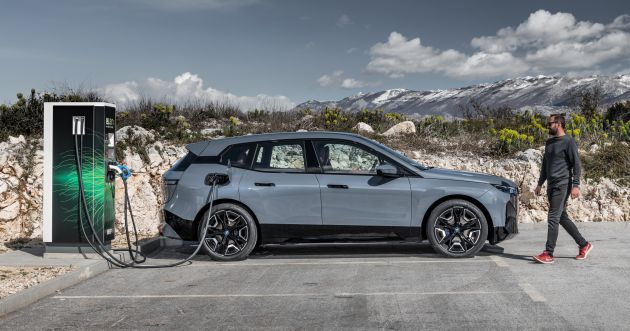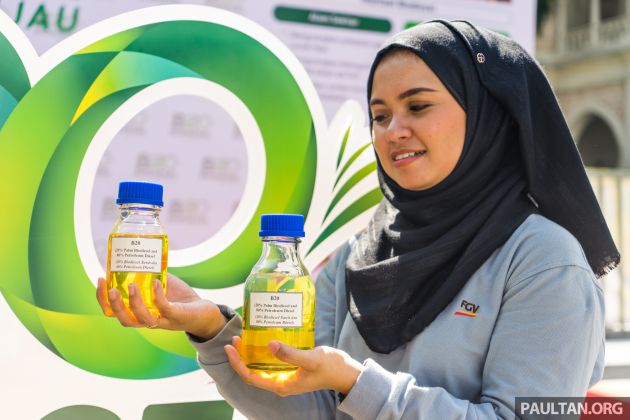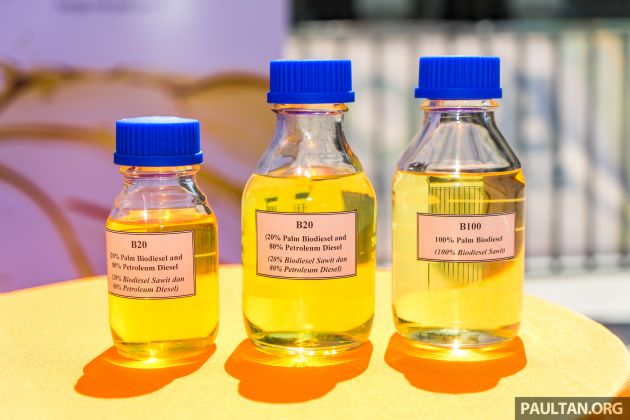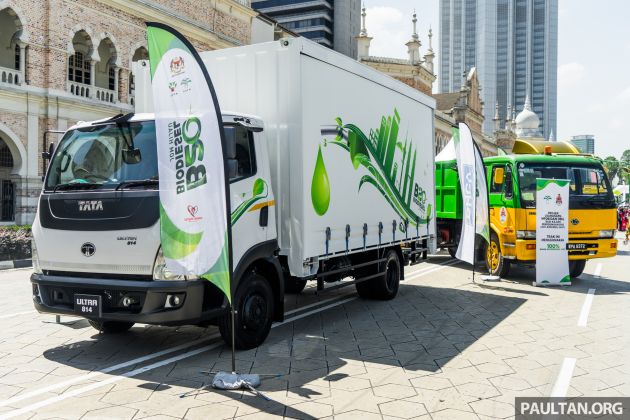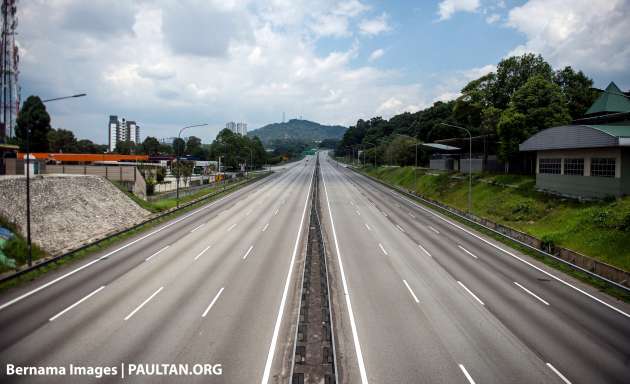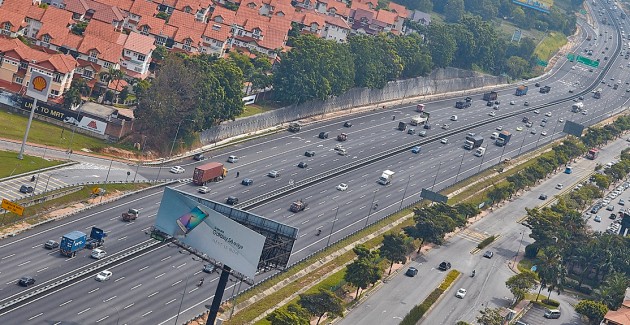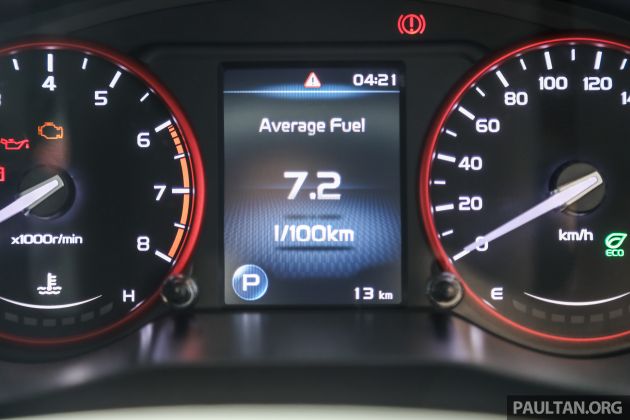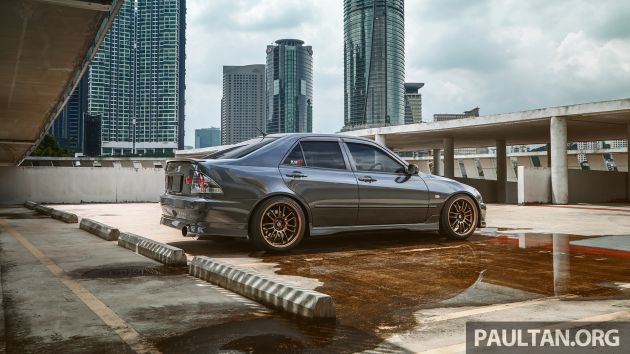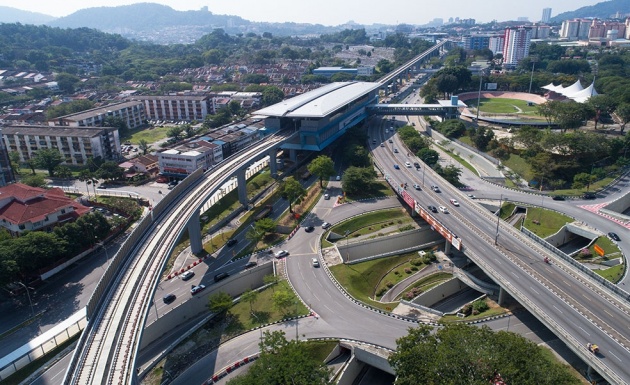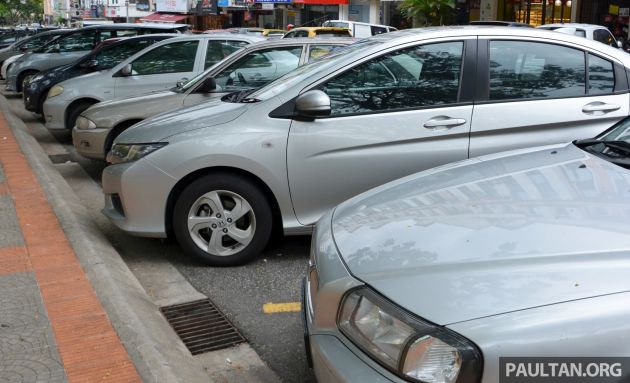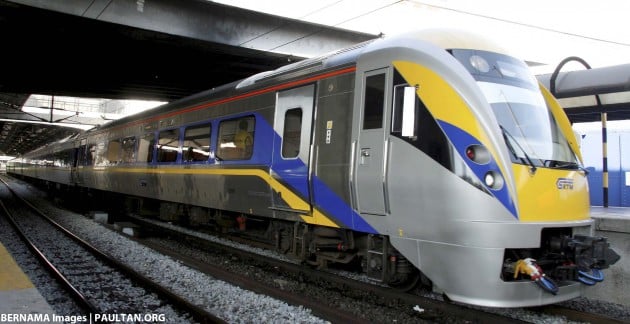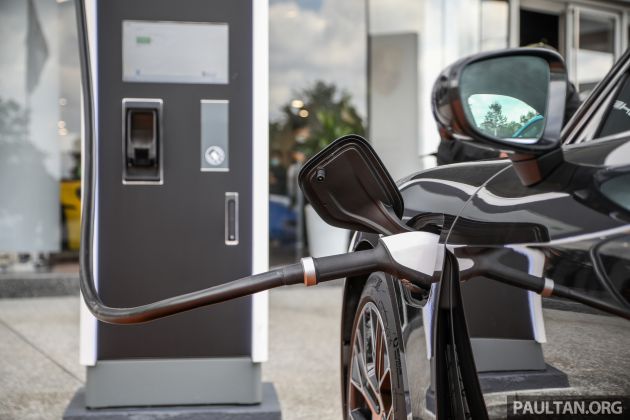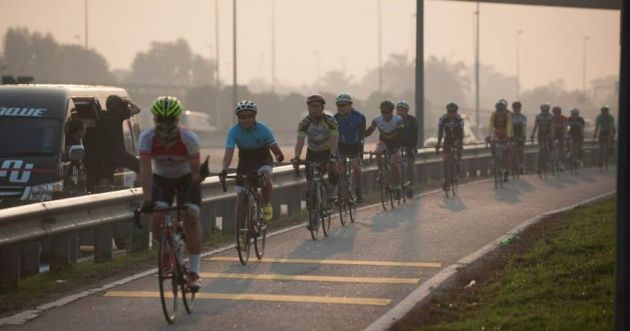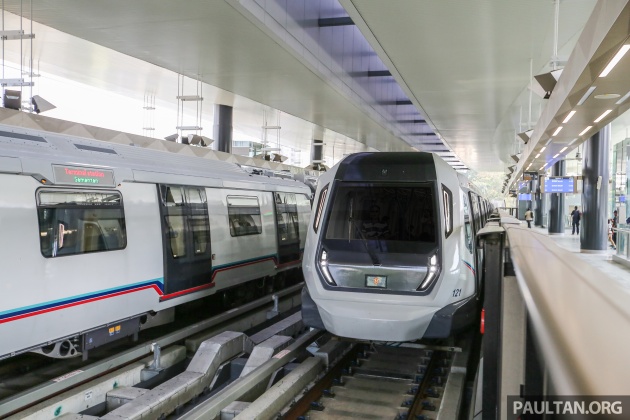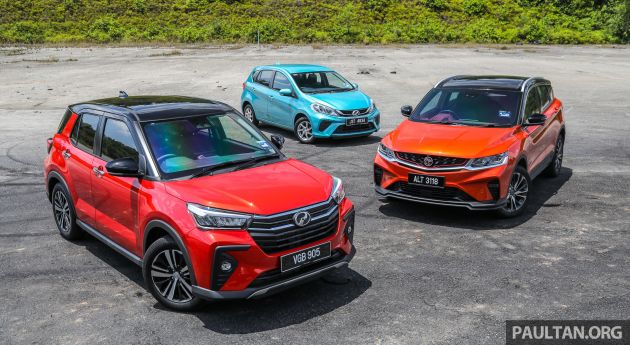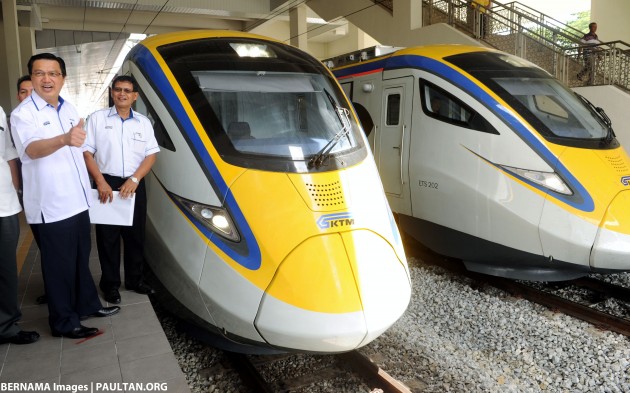As part of his unveiling of the 12th Malaysia Plan (Rancangan Malaysia Ke-12 or RMK-12), prime minister Datuk Seri Ismail Sabri Yaakob said that the country aims to be a carbon-neutral country by 2050. According to The Star, economic instruments such as carbon pricing and a carbon tax will be introduced to support this vision, the premier said.
“Other details for carbon reduction measures will be announced after the strategic long-term review of the low-carbon development strategies has been finalised by the end of 2022,” he said while tabling the plan in parliament yesterday.
Ismail Sabri also promised that the government will no longer build new coal-fired power plants, adding that a comprehensive National Energy Policy will be introduced soon to provide a “long-term strategic direction” as part of the carbon neutral commitment. “Cleaner electricity generation will be implemented through the operation of several gas power plants in Peninsular Malaysia to replace coal-fired power plants,” he said.
The government’s timeframe to achieve net zero carbon emissions is aligned with the city of Kuala Lumpur, as well as companies like Petronas, the Employment Provident Fund (EPF) and Sarawak Energy. Petronas in particular has plans to deliver clean energy and low-carbon solutions worldwide, as stated in RMK-12.
Several initiatives will be undertaken, such as reducing hydrocarbon flaring and venting, capturing methane emissions and optimising production and operations. Other measures include increasing the efficacy in providing low-carbon energy and solutions such as natural gas and renewable energy, developing low and zero carbon fuels, products and solutions, and investing in nature-based solutions by preserving and restoring the capacity of forest ecosystems to act as carbon sinks.
The move towards carbon neutrality will be good news to electric vehicle owners, as more and more people shift towards EVs and rely on the national grid for their mobility needs. While studies have shown that EVs will reduce emissions even if the electricity is generated from fossil fuels, a shift towards cleaner energy sources certainly wouldn’t hurt.
According to Tenaga Nasional, coal was the predominant fuel for producing electricity in Peninsular Malaysia last year, making up 65.84% of the power being generated. This is followed by gas at 29.67%, hydropower at 3.78% and solar power at 0.7%.
As for those clinging on to internal combustion engines, Petronas’ commitment to developing low and zero carbon fuels will surely interest them. This will probably tie into its Formula 1 efforts, with the national oil and gas company partnering the dominant Mercedes-AMG Petronas team. The sport will use petrol with a 10% ethanol blend (E10) next year and aims to switch over to biofuels such as synthetic fuels by 2030.

